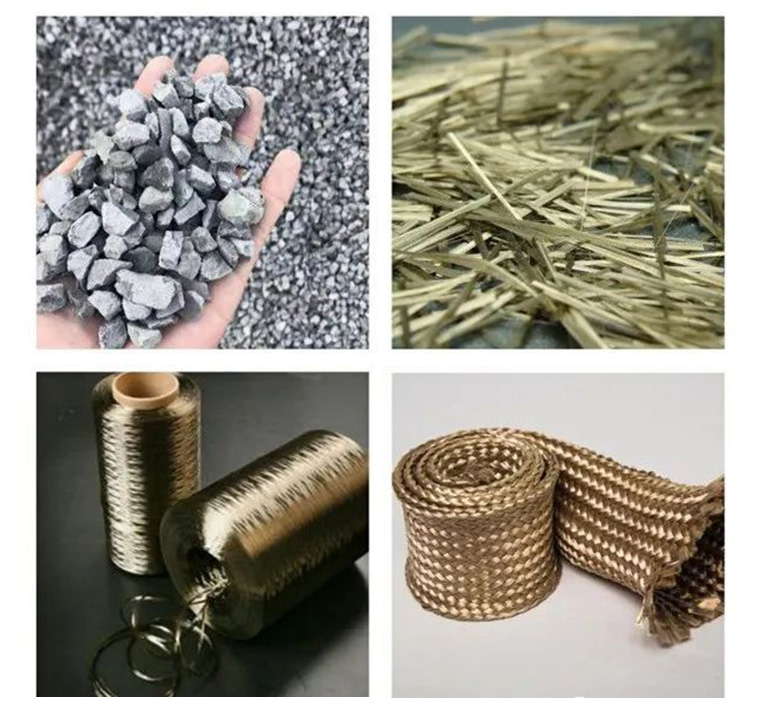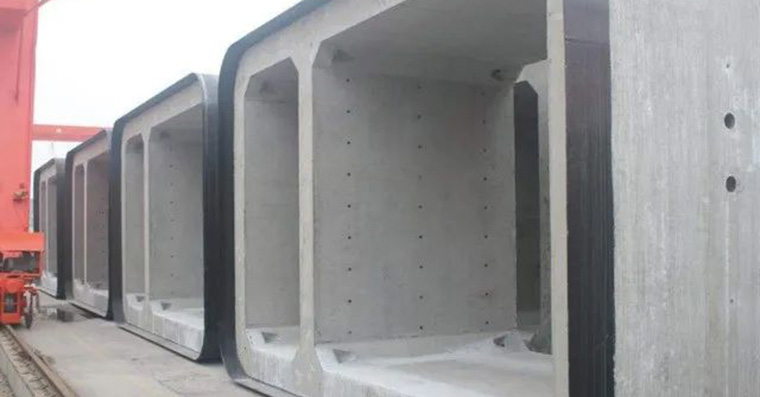“Touching a stone into gold” used to be a myth and a metaphor, and now this dream has come true. People use ordinary stones – basalt, to draw wires and make various high-end products. This is the most typical example. In the eyes of ordinary people, basalt is usually the building stone required for roads, railways, and airport runways. However, few people know that basalt can also be drawn into green and environmentally friendly high-performance fiber products, making the legend of “touching stone into gold”. Become reality.
Basalt fiber is an inorganic silicate that has been tempered in volcanoes and furnaces to transform from hard rock into soft fibers. Basalt fiber material has high temperature resistance (>880 ℃), low temperature resistance (<-200 ℃), low thermal conductivity (heat insulation), sound insulation, flame retardant, insulation, low hygroscopicity, corrosion resistance, radiation resistance, high breaking strength , Low elongation, high elastic modulus, light weight and other excellent properties and excellent processing properties are completely new materials, and no toxic substances are produced in the normal production and processing process, no waste gas, waste water, waste residue discharge, so it is It is called pollution-free “green industrial materials and new materials” in the 21st century.
As we all know, the crust is composed of igneous rocks, sedimentary rocks and metamorphic rocks, and basalt is a kind of igneous rocks. In addition, basalt ore is a rich, molten and uniform quality monocomponent feedstock. Therefore, the raw materials for the production of basalt fibers are natural and readily available. From the successful trial production of basalt rock wool by the Welsh people in England in 1840, human beings began to explore and research basalt materials. By the 1960s, the Ukrainian Branch of the USSR Fiberglass Research Institute, according to the instructions of the Soviet Ministry of Defense, began to develop basalt continuous fiber, and realized the industrial production of basalt continuous fiber in 1985. After the disintegration of the Soviet Union, the research and production units located in Kyiv belonged to Ukraine. In this way, the countries that master the production technology of basalt fiber in the world today mainly originate from Ukraine and Russia.
In recent years, some scientific and technological developed countries such as the United States, Japan, and Germany have strengthened the research and development of this new type of non-metallic inorganic fibers, and have achieved some new achievements, but there are only a handful of countries that can produce large-scale production, and their products are far far from meeting the needs of society. Our country has been paying attention to the research and development of basalt continuous fibers since the “Eighth Five-Year Plan”. Relevant parties have attached great importance to basalt materials, especially some far-sighted entrepreneurs, who have foreseen the great prospects of this cause, and have paid attention to and even invested in the development of this project. As a result of this work, relevant research institutions or manufacturers have been established successively across the country, some of which have produced primary products, laying a certain foundation for the development of basalt fiber materials in China.
Basalt fiber is a new type of inorganic environmentally friendly green high-performance fiber material. It is composed of basalt material composed of oxides such as silica, alumina, calcium oxide, magnesium oxide, iron oxide and titanium dioxide. drawn. Basalt continuous fiber not only has high strength, but also has many excellent properties such as electrical insulation, corrosion resistance and high temperature resistance. In addition, the production process of basalt fiber determines that less waste is generated and less environmental pollution, and the product can be directly degraded in the environment after being discarded without harm, so it is a veritable green and environmentally friendly material.
The automotive and transportation industry accounts for the largest market share of basalt fibers in terms of market demand
The automotive and transportation end-use industries require the use of basalt fibers in brake pads, mufflers, headliners and other interior applications, primarily due to the excellent mechanical, physical and chemical properties of basalt fibers. Compared to fibers used in construction and infrastructure, the cost of basalt fiber is higher in this application, so the automotive and transportation end-use industries have a higher value share in the basalt fiber market.
Continuous basalt fiber is the fastest growing segment during the forecast period
Basalt fibers come in two forms, continuous and discrete basalt fibers. Continuous basalt fibers are expected to register a higher CAGR over the forecast period as these fibers are used in various applications such as rovings, fabrics and yarns for end-uses such as automotive and transportation, sporting goods, wind energy, construction and infrastructure , as well as pipes and tanks. Continuous fibers are used in composite and non-composite applications.
Asia Pacific is expected to be the largest demand market for basalt fibers during the forecast period
Asia Pacific is one of the leading basalt fiber markets. Growing end-user industries such as construction and infrastructure, automotive and transportation, and wind energy are driving the basalt fiber market in the region. There are many manufacturers of basalt fibers and their products in the region. There are also manufacturers in the region that are primarily focused on adopting business strategies to increase the production of basalt fibers to meet the growing demand from end users.
Post time: May-30-2022



